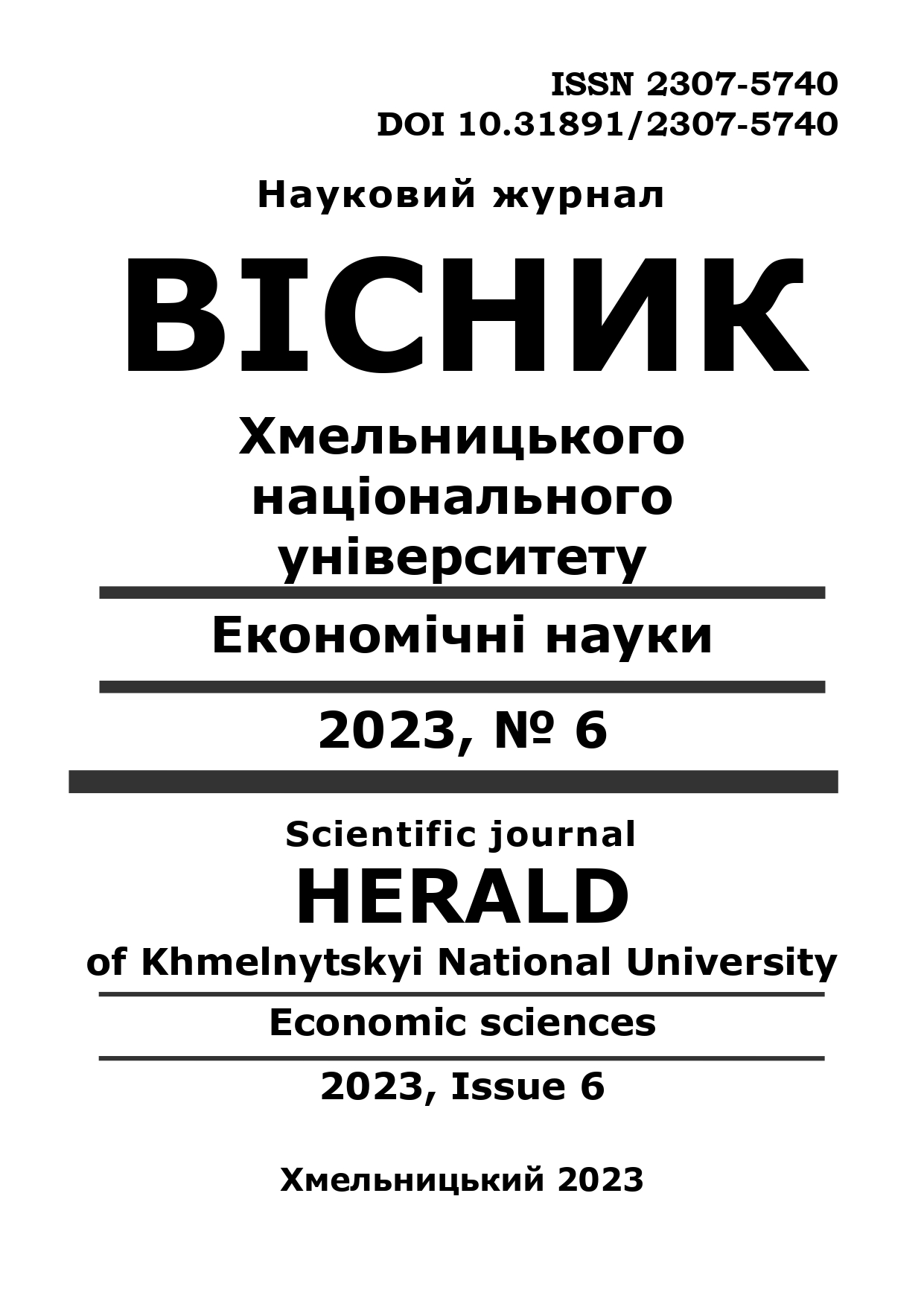DEMOGRAPHIC AGING TRENDS IN EU COUNTRIES AND UKRAINE
DOI:
https://doi.org/10.31891/2307-5740-2023-324-6-8Keywords:
population, demographic situation, population aging, aging coefficient, depth of agingAbstract
The article provides an analysis of trends in the development of the demographic aging process in the countries of the European Union and Ukraine based on the calculation of values of demographic aging (aging coefficient, aging index, demographic burden due to the elderly, age of values aging). The obtained data allow us to draw a conclusion about the convergence of most values of population aging in the EU as a whole, as well as to identify several groups of countries with the same aging values and demographic trends. As a result of the study, the authors identified 5 groups of countries that demonstrate: 1) the highest of aging and population aging rates; 2) the average values of the index and the aging coefficient, however, show high rates of growth of the aging population and demographic burden; 3) average values of aging, but reduced growth rates of the aging population; 4) average values of aging; 5) the lowest rates and values of population aging.
The authors forecast changes in the age structure of the population in the EU until 2100, which showed that in the future the share of people aged 65+ will only increase, and this will require certain changes in the social life and economy of the countries of the studied region.
The demographic situation that has developed in the studied region requires constant monitoring and accounting in strategic planning at all levels, as well as improvement of the social policy of the EU countries regarding the elderly.


